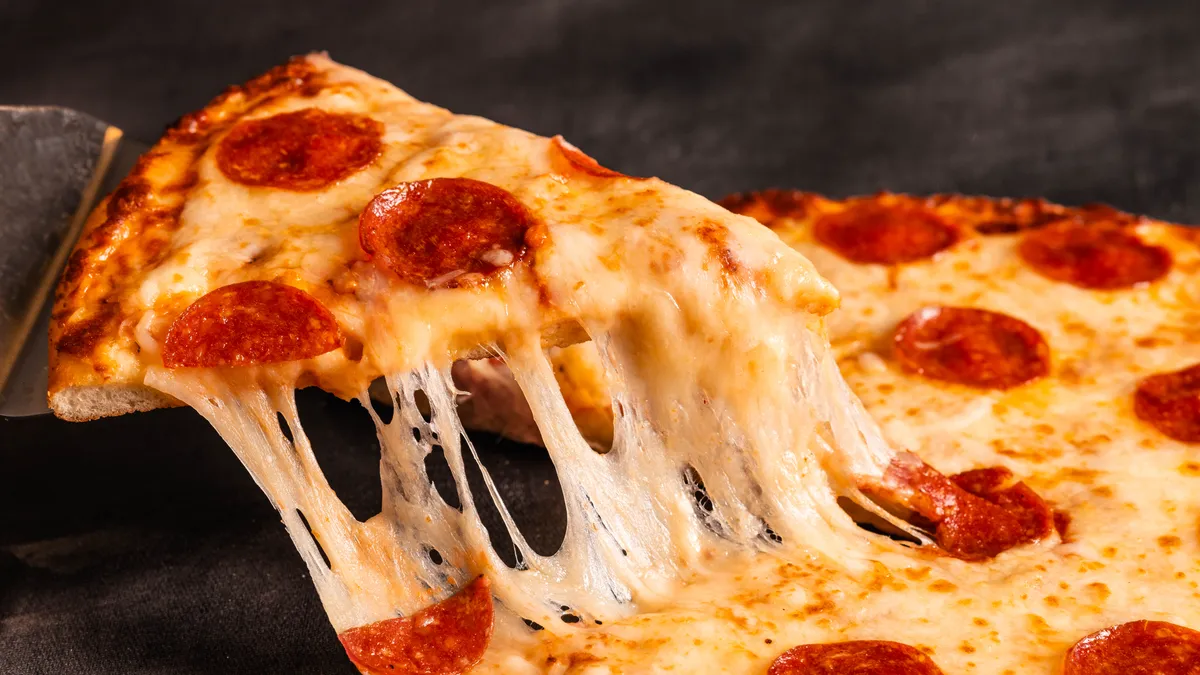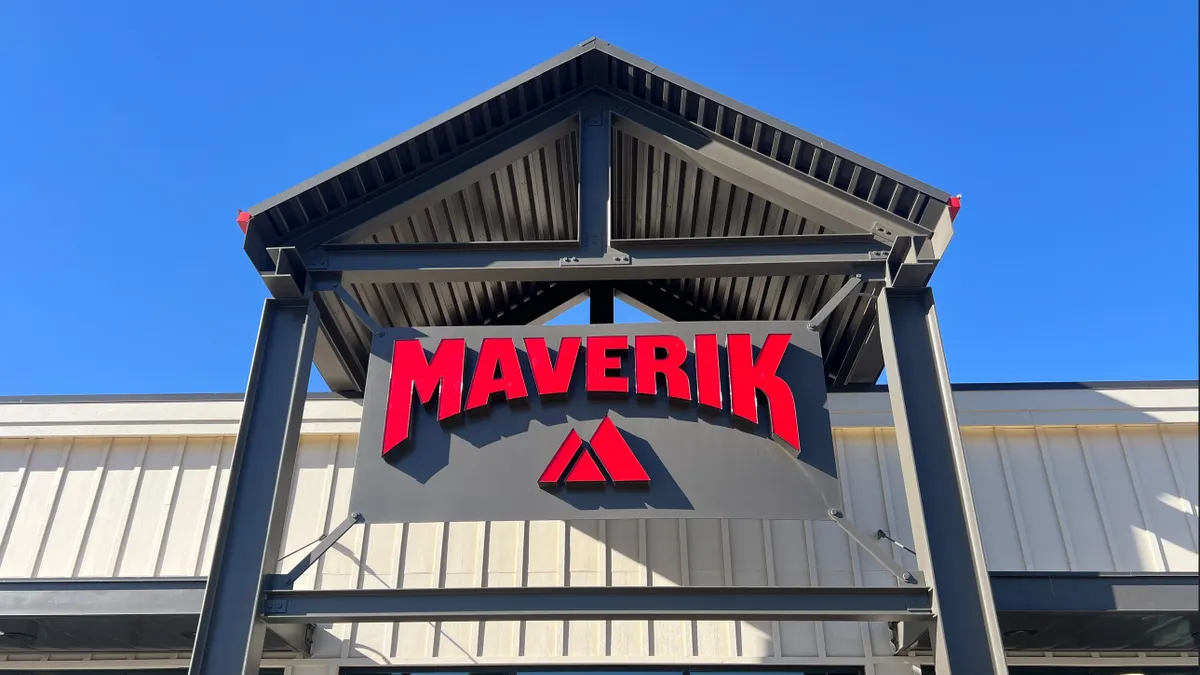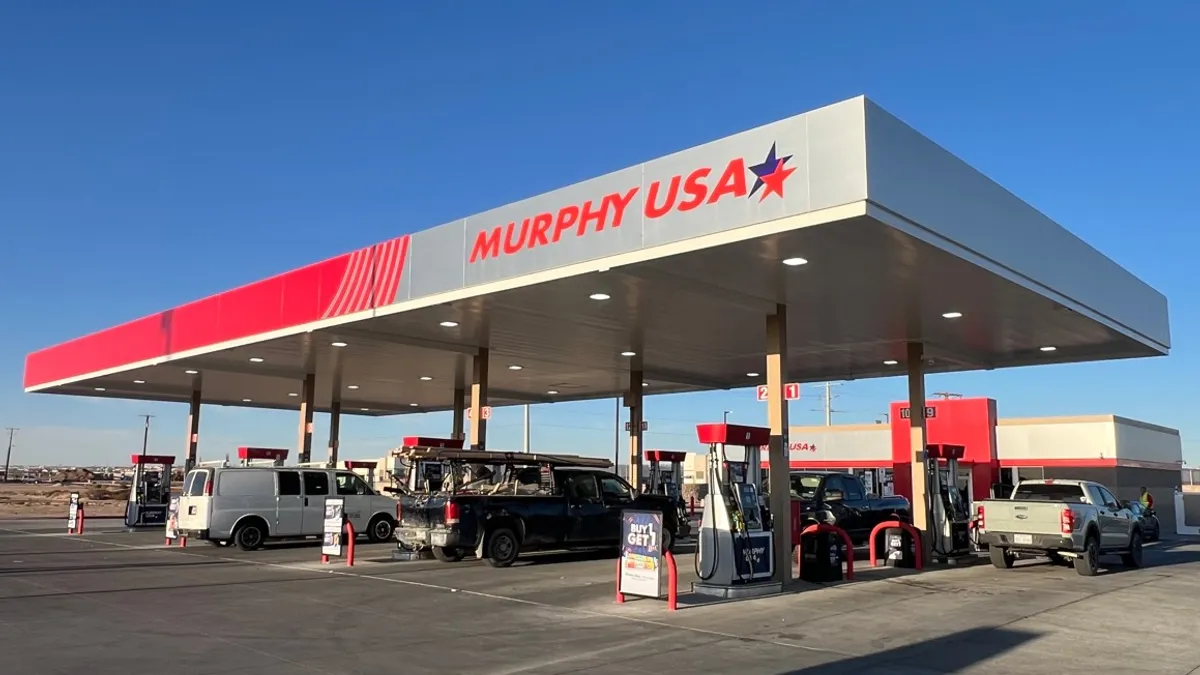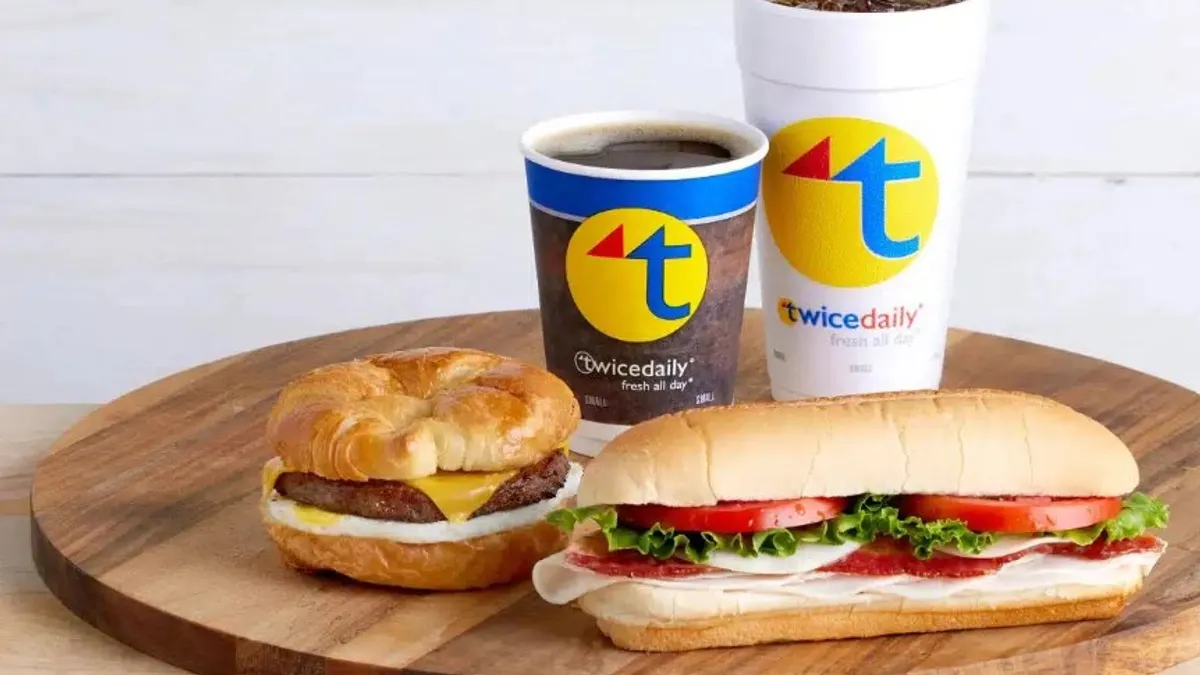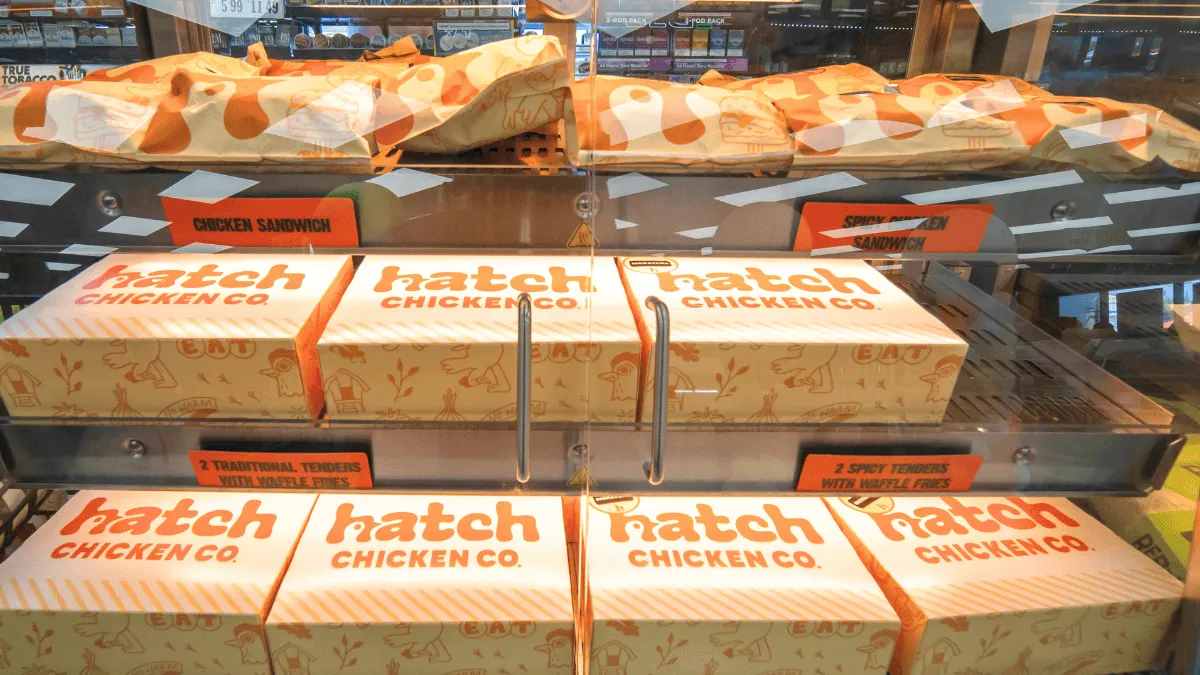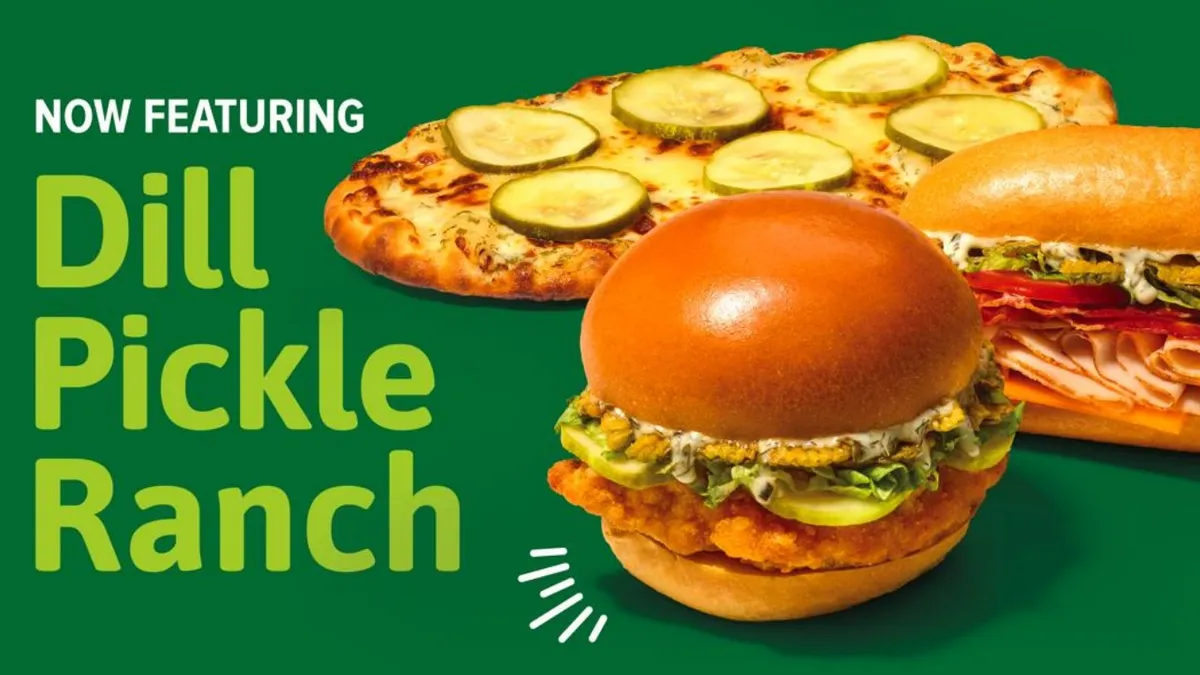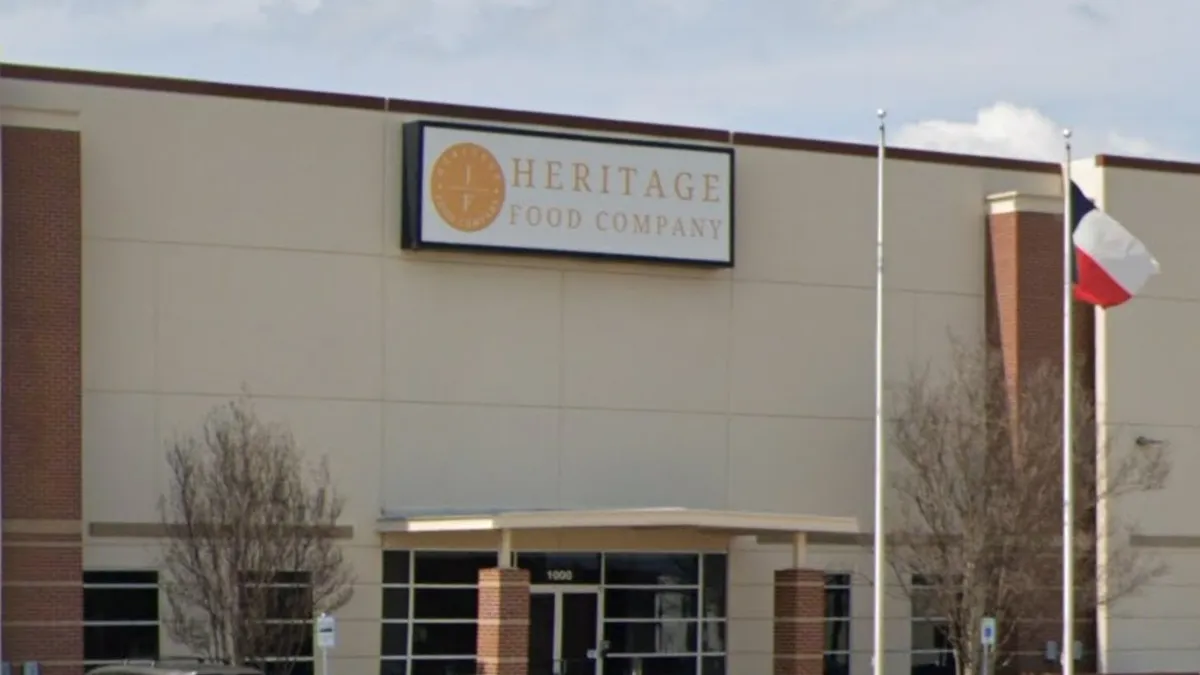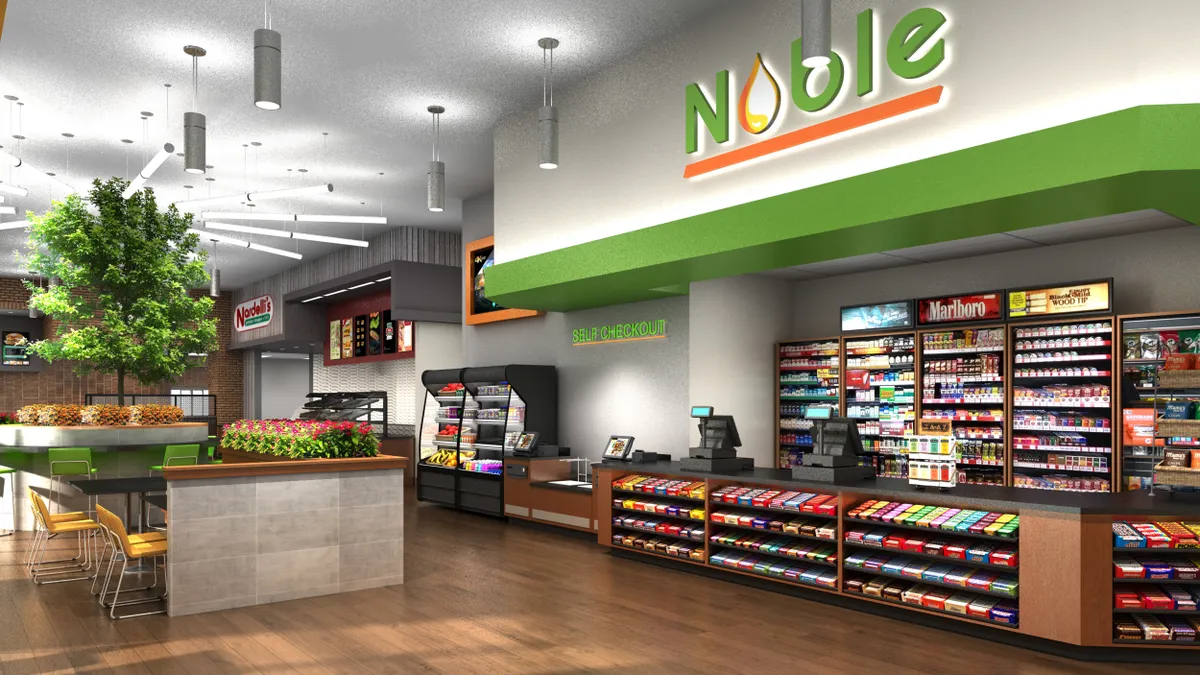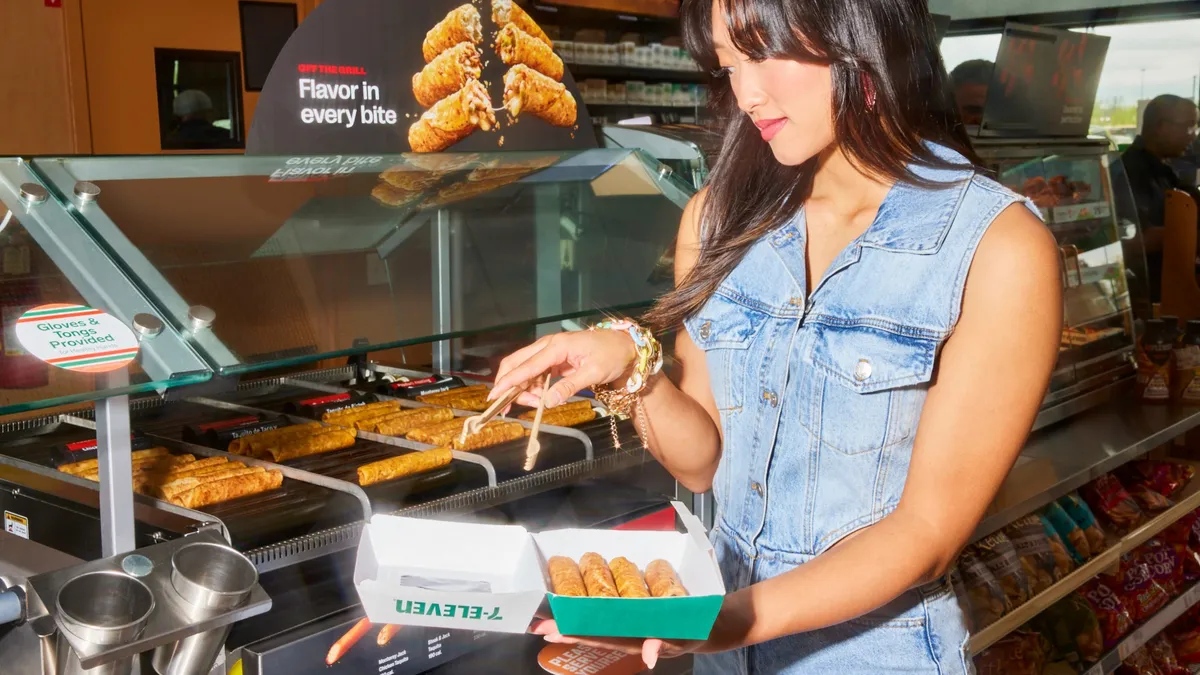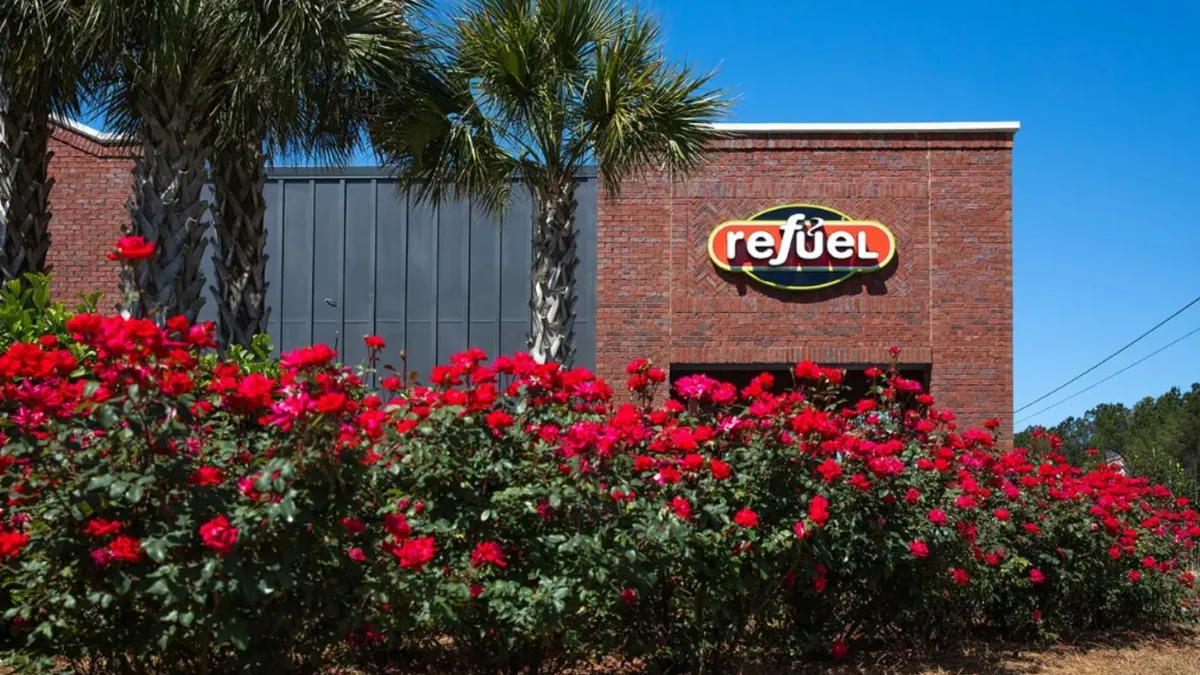Pizza has become one of the most ubiquitous foods in the U.S.
According to Gitnux, an independent marketing platform, 93% of Americans eat pizza at least once a month and the average person eats 46 slices a year, making it a $45 billion industry in the U.S.
It's a food that's extremely well suited to convenience stores. "Nearly everyone is familiar with it, so, this one product can reach a lot of people," said Maeve Webster, president of foodservice consultancy Menu Matters.
Casey's General Stores has offered pizza for some 40 years. It's now the fifth-largest pizza chain in the country by unit count.
"Pizza is really the heartbeat of everything we do," said Brad Haga, senior vice president, prepared food and dispensed beverages for the Ankeny, Iowa-based chain.
This fall, distributor McLane Company announced a new freezer-to-oven pizza line, Prendisimo, which retailers can sell from the frozen case or as a hot by-the-slice program.
McLane plans to launch the program in convenience stores in early 2024. It's easy to execute since the pizzas arrive ready-made, said Jon Cox, vice president of retail and convenience food service for McLane. "Labor is tough and it's even tougher in the c-store space. Providing a program that's ready-to-go was important.”
Since pizza is often an impulse sale, he expects sales of the by-the-slice program to outpace sales of pizza from the freezer case. But having the same pizza in the freezers is a good complement, he says. "If customers already love what they're buying hot, it creates another avenue for sales," he pointed out.
CD's Quik Mart started selling pizza 40 years ago, and now sells 800 to 900 pies per week in a combination of by-the-slice and by-the-pie options. Chris Kerber, owner of this single-store operation, said the store, in the small community of Hopkins, Michigan, has fashioned pizza into a potent differentiator for his store.
Menu creation
The first step to take when launching a pizza program is to determine a menu. Toppings, type of crust and whether a store wants to focus on comfort foods versus innovation should all be considered.
While pizza is highly customizable, Webster feels only the most popular options are required for a c-store program. Plus, she added, customization can happen by offering toppings customers can add themselves, such as parmesan, red pepper flakes and Italian seasoning.
Casey's works with its insights and culinary teams along with outside consultants to optimize existing products and to create limited-time offerings.
"We want to make sure we stay relevant," said Haga.
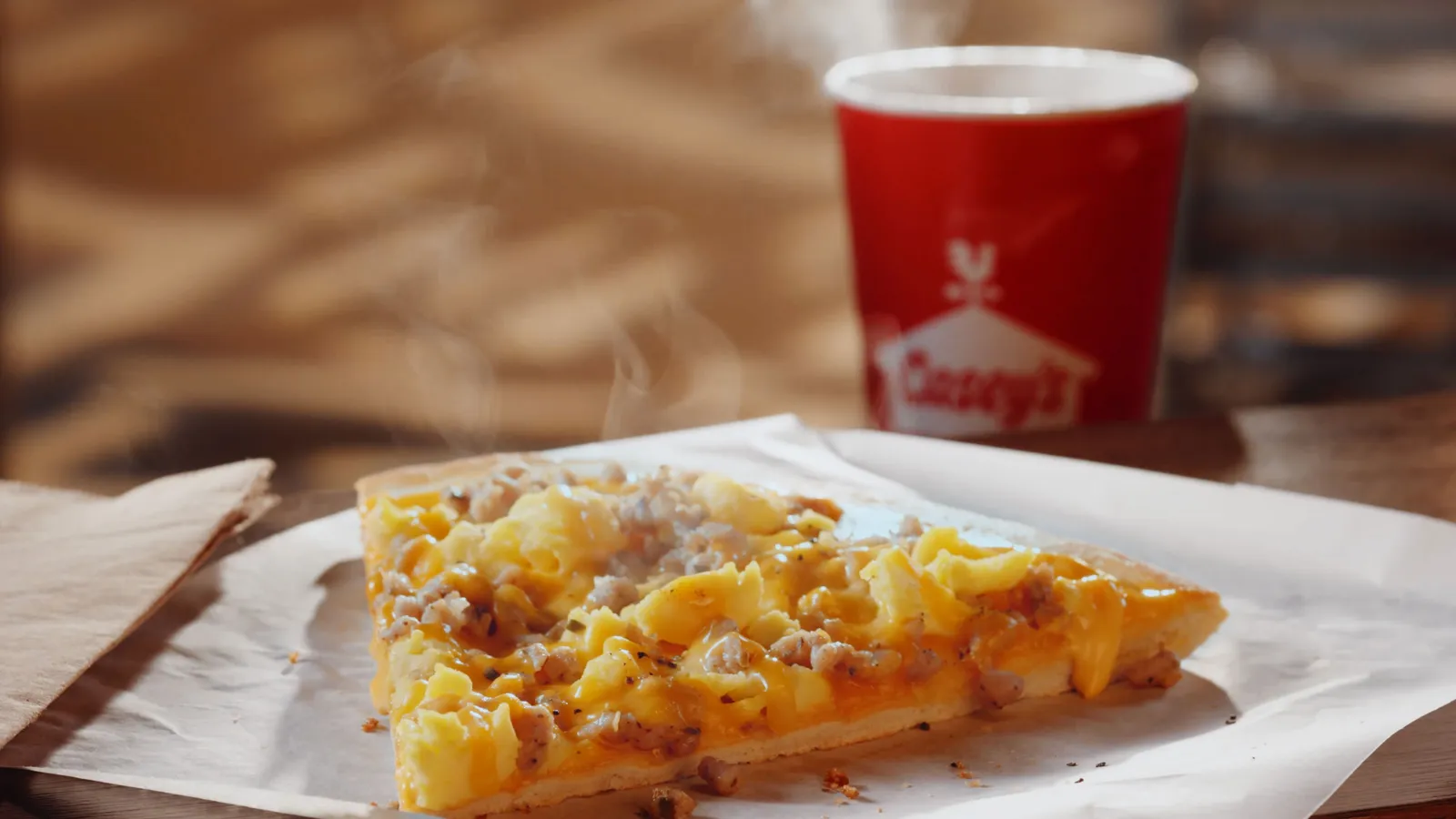
The chain is constantly looking to innovate — for example, it recently launched a thin crust pizza — but doesn’t change certain fundamentals, like the fact that its pizzas are never frozen and the dough is made from-scratch in each store.
Casey's core offering is breakfast pizza. "It's a massive differentiator for us," said Haga. The stores offer slices and whole pies, with the former tending to sell best in the daytime while the latter does better in the evening.
But Casey's guest is also experimental and "always looking for new and interesting things," he said. So the stores offer regular LTOs such as a barbecue brisket pizza.
The brisket pizza was so well liked by customers, in fact, that the chain is considering adding it to its permanent menu. McLane, meanwhile, worked with "a really large pizza provider," to develop Prendisimo, according to Cox. The McLane Fresh team, Cox pointed out, is made up of people with restaurant and convenience store experience.
Prendisimo is beginning with a focus on the basic pizzas: cheese, pepperoni, supreme and three-meat.
"From the internal and external data we've done and from talking to customers, those are the core four. As customers come into the program and want something different we can work with them on what LTOs and line extensions might be," Cox said.
As the program grows, the team will look at adding items like specialty and breakfast pizzas, Cox said.
Kerber buys his dough for CD's Quik Mart ready-made, and proofs it — allowing it to rest and rise a final time — in-store, but everything else about the pizzas is made from scratch. A few years ago he worked on improving the consistency of the program.
"People go to their favorite restaurant because the food is always the same," he said. "That's what gets people coming back,” he said, adding that a bonus benefit was better cost control.
Kitting out the kitchen
To cook a pizza, you need a good oven at the very least. Beyond that, very little else is needed to launch a pizza program.
To get started with McLane's Prendisimo, customers can use an existing oven, they can buy one and McLane will work with them on cooking times — or they can opt for McLane's preferred oven.
C-stores can set up a pizza program in a relatively small footprint, Cox points out. "You could have a cooler-freezer on wheels with a pizza oven on top, a cutter by the side and one warmer."
CD's Quik Mart has a conveyor oven that cooks pizzas in just over five minutes. Kerber also has an eight-foot prep table, a dough sheeter to roll out dough, a slicer for cutting meat and plastic tubs for proofing the dough.

Marketing the pie
The smell of hot pizza means this foodservice item largely markets itself, but convenience stores can also give it a helping hand. Casey's has almost seven million members in its loyalty program and offers regular promos, such as $8 off when you buy two large pizzas and two sides.
Pizza can be a great addition to a loyalty program, said Cox. Stores can offer discounts on a second slice, or have partnerships with soda companies for offers such as $1 off cold drinks.
"There is a way to create a loyalty piece," Cox pointed out. "Customers can be more apt to buy pizza because they'll get a discount off a beverage they were going to buy anyway."
McLane will work with retailers to help them market Prendisimo, which can run under that name or under a company's own brand.
Kerber doesn't need to do a lot of marketing, though he does run a small advertisement in the program for the annual school play, he says. Otherwise, sales are largely impulse, and the first slice is often free if a customer hasn't tasted the pizza before since "we're so confident that people will like it," he said.


